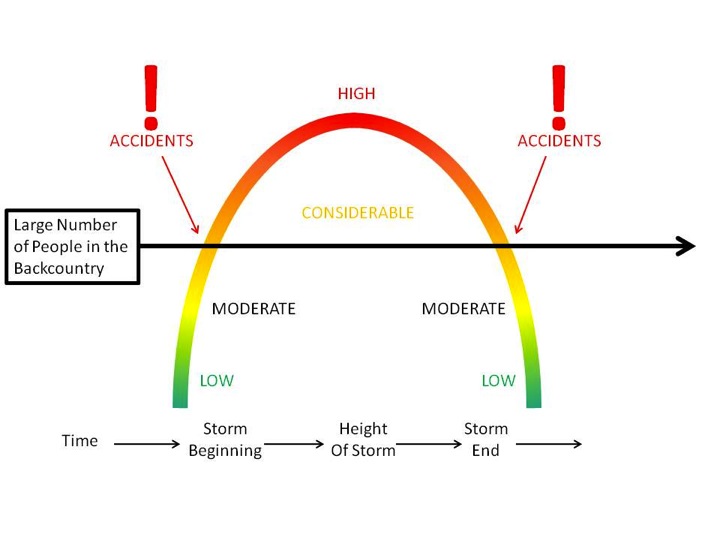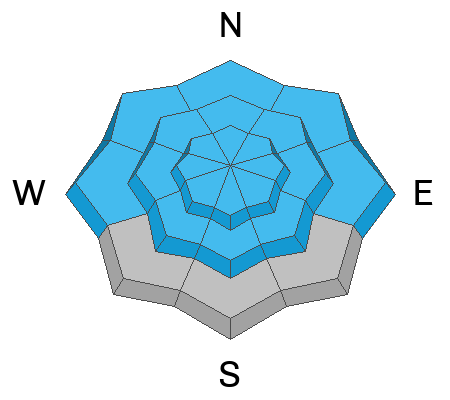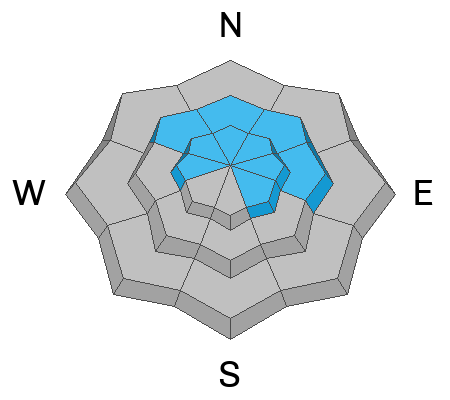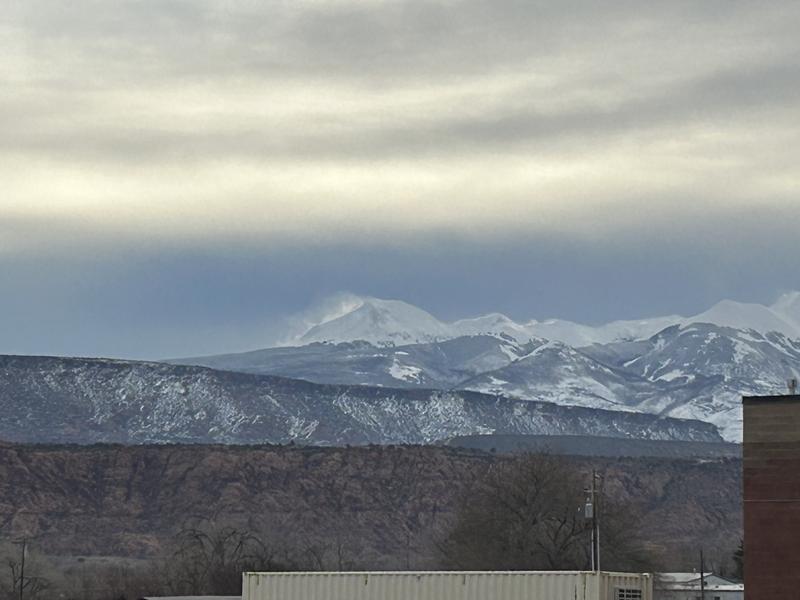Forecast for the Moab Area Mountains

Issued by Eric Trenbeath on
Saturday morning, January 7, 2023
Saturday morning, January 7, 2023
The avalanche danger remains CONSIDERABLE on steep wind drifted slopes near treeline and above that face the north half of the compass. This danger also exists on slopes facing W and SE at upper elevations. We're entering a tricky phase where human triggered avalanches, failing on a buried persistent weak layer, remain likely on some slopes but not others. It's impossible to tell which ones and avoiding slopes steeper than 30 degrees remains the only safe strategy in these areas.
A MODERATE danger exists on most other South through West facing slopes near treeline and above, and on northerly aspects below treeline. Human triggered avalanches failing on a buried persistent weak layer are possible in these areas.
Travel tip: Stick to low angle sheltered terrain for the BEST and SAFEST riding today.
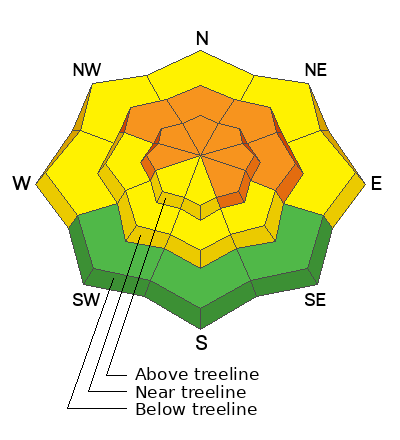
Low
Moderate
Considerable
High
Extreme
Learn how to read the forecast here


